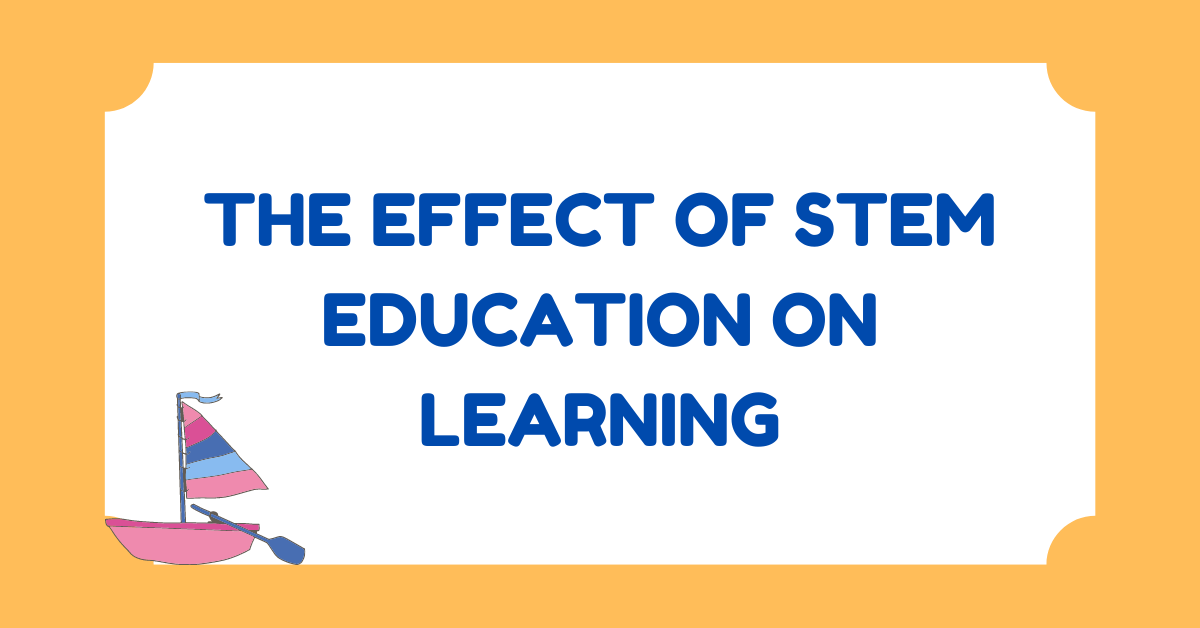STEM education is a topic of high interest in the educational domain. Everyone is talking about it and its positive effects on learning, soft skills development, and cognitive progress. We all know the traditional teaching style that is still very present in our societies.
Each subject is taught separately and students are not taught how to connect the knowledge they learn in distinct subjects. All of them are connected in one way or another and knowing how to collaborate and apply the knowledge interdisciplinary leads to success.
So, which is the effect of STEM education on learning? Let’s delve deeper into the STEM meaning and how it works.
Table of Contents
What Is STEM Education?
More and more people start talking about STEM education, a modern approach to teaching and learning. STEM is an acronym and stands for Science, Technology, Engineering, and Mathematics. Its newest successor STEAM incorporates the Arts too, which expands the limits of STEM education. There are dissertations from EduBirdie you can read and find out more about the benefits Arts add to STEM education.
In traditional education, we can see teachers that are rigid and fail to adapt and meet the individual needs of students. At the same time, students are not taught how to apply the knowledge they learn in practical situations. Or how to connect the knowledge interdisciplinary.
In STEM education, students are taught how to do exactly this: to collaborate and communicate so that they expand their knowledge and boost their skills even more. In every school or college where STEM education is the used teaching method, students grow to be creative and know the value of cooperation and communication.
More than this, they have excellent problem-solving skills, as well as research and critical thinking. And no matter what career they will choose, these skills are crucial in every domain.
How Does STEM Education Work?
STEM education is a modern approach to learning, but how does it work? Well, it focuses on one of the main differences between traditional education and the STEM approach. It includes practical activities in every lesson, helping students to learn how to apply the knowledge they have just learned.
At the same time, some topics might be more complex, so seeing and doing experiments helps them understand better. It comes with a lot of other positive effects too.
Processing Science – a free essay example
As science is a core subject in STEM education, helping students process and understand scientific concepts is a must. However, this is not done through traditional educational methods.
During each lesson, they are involved in experiments that help them understand the scientific process easier. Moreover, the experiments students have to do or the problems they have to solve are related to real life.
Like this, they learn how to apply the knowledge they learn in school in real-life situations while developing their problem-solving skills too.
You can read more on this topic and learn how STEM education is effectively improving student achievement. Make sure that you understand every essay about STEM education and its effects as this will help you expand your worldview too.
Boosting Motivation and Self-Efficacy
You might wonder how the STEM approach boosts students’ motivation and self-efficacy. Well, this is the effect teachers who use the STEM approach have on students. Not only do students improve their skills and self-confidence, but teachers too.
As they have to use new and modern teaching approaches, they improve their skills considerably. So, their self-efficacy is boosted. Which makes them trust their skills more and expect more from students.
Students are then motivated to want to meet these expectations, which in STEM education we can be sure that they will not be extreme.
Putting too much pressure on students to learn can dwindle their motivation as they can feel they won’t ever meet the expectations. However, STEM educators are taught how to communicate with students healthily and functionally.
Research papers and examples of STEM Education
Since its emergence, a lot of studies and research have been conducted on the topic of the efficiency of STEM education. The majority of this research is published in the International Journal of STEM Education. You can delve more into the topic by reading the excellent research that was done.
You will find more about the experiments done within classes and the projects students have to complete too. Designing a healthy menu for the food supplier, programming in calculators, and diluting bleach to learn about proportions are just a few examples that can help you understand STEM education more.
RECOMMENDED POSTS
About the Author:
Daniel Segun is the Founder and CEO of SecureBlitz Cybersecurity Media, with a background in Computer Science and Digital Marketing. When not writing, he's probably busy designing graphics or developing websites.








